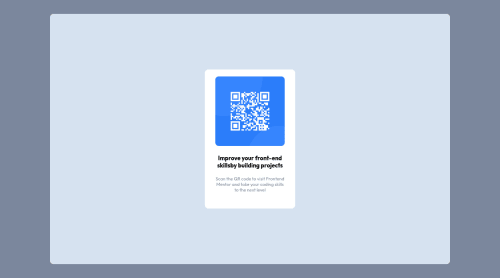Landing page com html5, css3 e flexbox.

Solution retrospective
Olá, pessoal!
Comecei a realizar desafios há pouco tempo e não tenho certeza se estou indo bem.
Com base no desafio enviado...
O que preciso melhorar? Em que preciso focar?
Agradeço qualquer feedback construtivo!
Please log in to post a comment
Log in with GitHubCommunity feedback
- @correlucas
👾Fala Thais, tudo bem? Parabéns pelo desafio!
Sua solução ficou mto boa, a única coisa que eu mudaria é a estrutura do HTML, limpando um pouco o código tirando algumas divs. Por exemplo, você pode segurar todo conteúdo em um bloco só usando (
<main>ou<div>) nesse caso vamos usar<main>por que é uma tag semantica. Se você notar, nem precisa adicionar nenhum div além da principal pra segurar o conteúdo (img, h1 e p). A estrutura ideal e mais limpa possível pra esse desafio é essa aqui:<body> <main> <img> <h1></h1> <p></p> </main> </body>Depois me diz se foi útil 😎
👋 Espero ter ajudado e continue no foco!
- @jlmunozfdev
Creo que tienes un exceso de div's, al principio cuesta no utilizarlos, pero te vendría bien utilizar HTML semántico para engoblar ciertas cosas, por ejemplo quedaría más o menos así:
<section class="container"> <div class="div__card"> <img src=".assets/image/image-qr-code.png" alt="qr"> <h1 class="card__title"> Improve your front-end skills by building projects</h1> <p class="card__paragraph">Scan the QR code to visit Frontend Mentor and take your coding skills to the next level.</p> </div> </section>Puedes ayudarte de este artículo que te dejo aquí sobre HTML semántico. Que estés bien.
Join our Discord community
Join thousands of Frontend Mentor community members taking the challenges, sharing resources, helping each other, and chatting about all things front-end!
Join our Discord